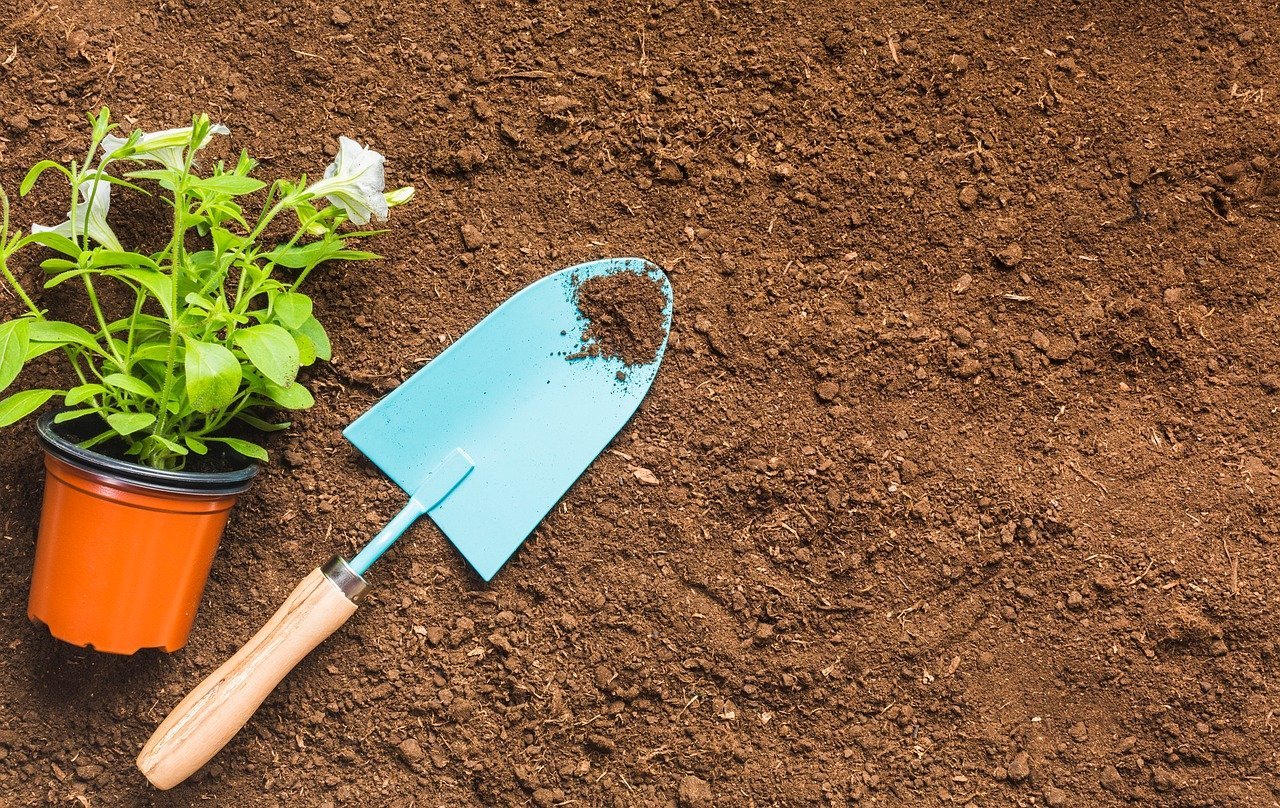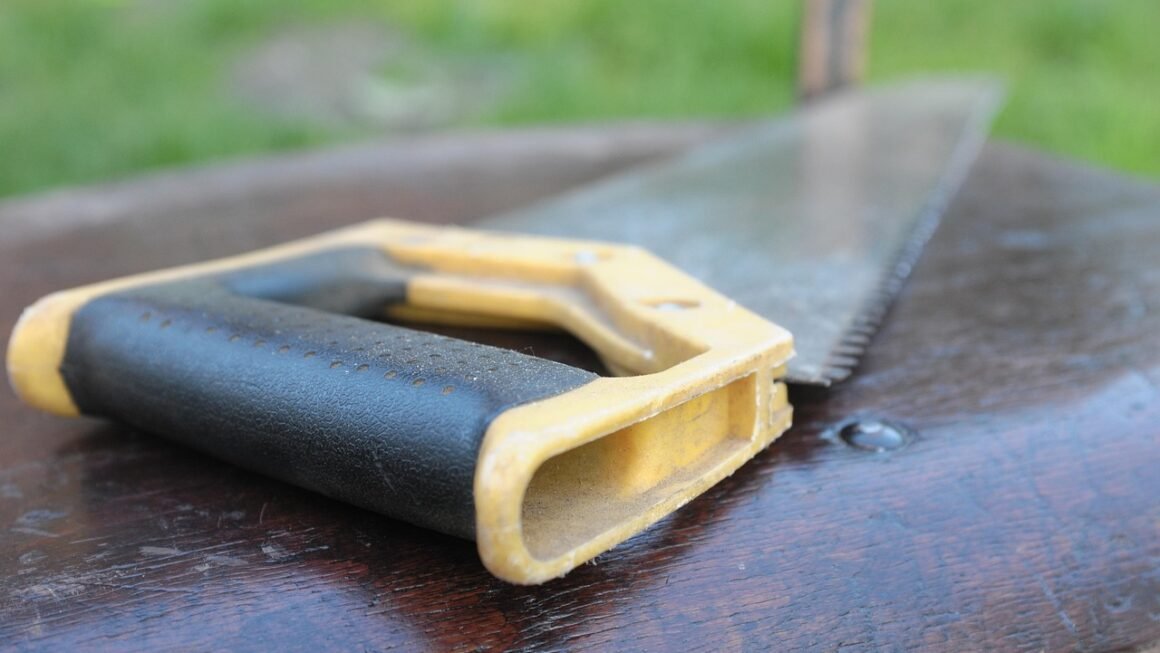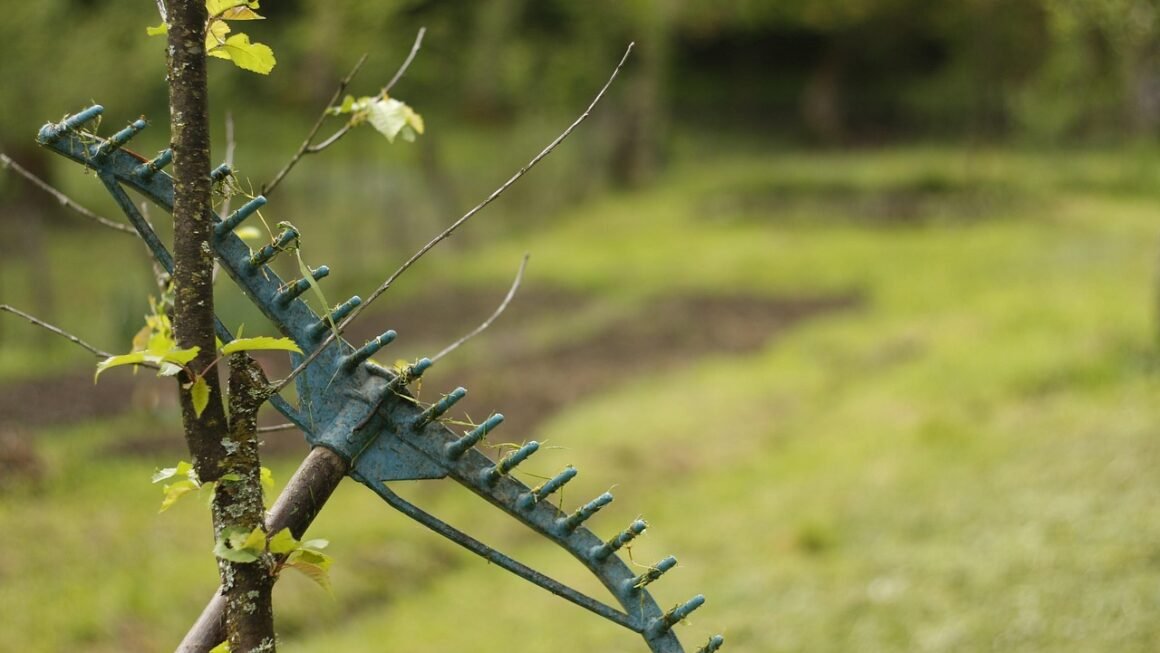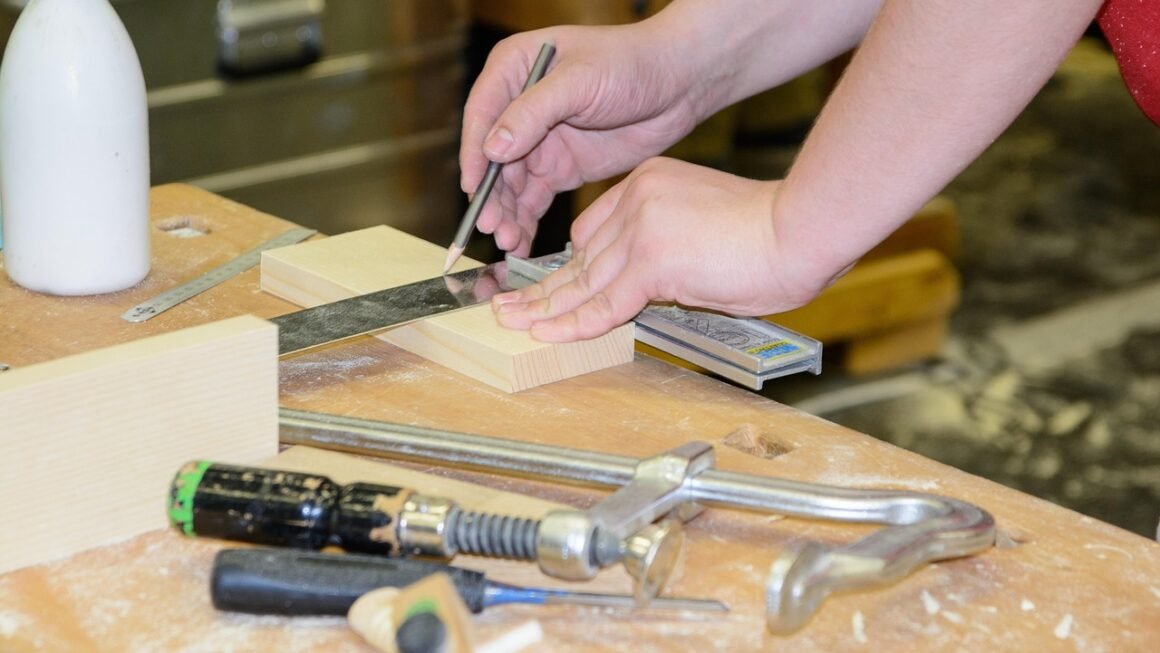A hand spade, often underestimated, is a gardener’s best friend. It’s the unsung hero of the potting shed, the silent workhorse in the flowerbed. More than just a small shovel, a quality hand spade is an indispensable tool for planting, transplanting, weeding, and so much more. Whether you’re a seasoned horticulturalist or a budding beginner, understanding the nuances of a good hand spade and how to use it effectively can significantly improve your gardening experience. Let’s dig into the world of hand spades and explore how to choose the right one for your needs and maximize its potential.
Understanding the Anatomy of a Hand Spade
A hand spade might seem simple, but its design features contribute significantly to its functionality. Knowing these features will help you select the perfect spade for your gardening tasks.
Blade Shape and Material
- Shape: The blade typically comes in two primary shapes: pointed and rounded. Pointed blades excel at penetrating hard or compacted soil, while rounded blades are better for scooping and moving larger volumes of material. Some blades also feature a slight curve or “dish” for enhanced scooping.
- Material: Stainless steel is a popular choice due to its rust resistance and durability. Carbon steel is incredibly strong but requires more maintenance to prevent corrosion. Plastic blades exist, but they are generally less durable and suitable only for light-duty tasks.
- Practical Tip: Consider the type of soil you typically work with. If your soil is clay-heavy or rocky, a pointed stainless steel or carbon steel blade is recommended.
Handle Design and Comfort
- Material: Handles are often made of wood, plastic, or metal with a rubber or plastic grip. Wooden handles offer a classic feel and can absorb some shock, while plastic and metal handles are typically more durable and weather-resistant.
- Ergonomics: Look for a handle that fits comfortably in your hand and provides a secure grip. Ergonomically designed handles can reduce strain and fatigue, especially during prolonged use. Features like curved handles or textured grips can improve comfort and control.
- Length: While most hand spades have short handles for one-handed use, some longer-handled versions exist for added leverage or for gardeners who prefer to work with a more upright posture.
- Example: A hand spade with a D-shaped handle allows for a firm, two-handed grip when extra power is needed.
Overall Size and Weight
- A smaller, lighter spade is easier to maneuver and ideal for delicate tasks like planting seedlings. A larger, heavier spade offers more power for digging in tough soil.
- Consider your physical strength and the types of tasks you’ll be performing when choosing the size and weight of your hand spade.
Choosing the Right Hand Spade for Your Needs
Selecting the correct hand spade depends largely on the specific gardening tasks you plan to tackle. Different designs excel at different jobs.
Planting and Transplanting
- For planting small seedlings or transplanting delicate plants, a narrow, pointed blade is ideal. It allows you to create small, precise holes without disturbing the surrounding soil.
- Look for a hand spade with depth markings on the blade to help you plant at the correct depth.
- Example: When transplanting herbs, a small stainless-steel spade with a pointed blade helps minimize root disturbance, leading to better transplant success.
Weeding and Cultivating
- A broader, slightly curved blade is effective for weeding around plants and loosening the soil surface. The curve allows you to scoop up weeds with their roots more easily.
- Some hand spades feature a forked end for weeding, providing extra leverage and precision.
- Statistic: Studies show that using the correct weeding tool can reduce weeding time by up to 30%.
Digging and Moving Soil
- For digging small holes or moving soil, a rounded blade with a sturdy handle is best. The rounded shape allows you to scoop up larger volumes of soil.
- Consider a hand spade with a reinforced handle to withstand the stress of digging in compacted soil.
Specific Plant Needs
- Bulb Planting: A narrow, pointed spade with a graduated depth gauge.
- Rock Garden: A short-handled, heavy-duty spade with a pointed tip.
Maintaining Your Hand Spade for Longevity
Proper care and maintenance will extend the life of your hand spade and keep it performing optimally.
Cleaning and Drying
- After each use, clean your hand spade with water to remove soil, debris, and plant residue.
- Dry the blade thoroughly to prevent rust and corrosion.
- Practical Tip: Use a wire brush to remove stubborn dirt or rust.
Sharpening the Blade
- A sharp blade makes digging and cutting easier and more efficient. Use a metal file or sharpening stone to maintain a sharp edge.
- Sharpen the blade at the correct angle, typically around 20-30 degrees.
- Caution: Wear gloves when sharpening to protect your hands.
Storing Your Hand Spade
- Store your hand spade in a dry place, away from direct sunlight and moisture.
- Hang the spade on a hook or store it in a tool rack to prevent damage.
- Apply a light coat of oil to the blade to prevent rust during long-term storage.
Safety Tips for Using a Hand Spade
Safety should always be a top priority when using gardening tools.
Wear Protective Gear
- Wear gloves to protect your hands from blisters, cuts, and thorns.
- Consider wearing safety glasses to protect your eyes from flying debris.
- Wear sturdy shoes to prevent foot injuries.
Use Proper Technique
- Use your legs and core muscles to lift and dig, rather than straining your back.
- Keep your back straight and avoid twisting your body while digging.
- Be aware of your surroundings and avoid hitting underground cables or pipes.
Stay Aware of Your Environment
- Be mindful of uneven terrain or slippery surfaces.
- Avoid using your hand spade in wet or icy conditions.
- Keep children and pets away from the work area.
Conclusion
The hand spade, although a seemingly simple tool, plays a crucial role in successful gardening. By understanding the anatomy of a hand spade, choosing the right one for your specific needs, maintaining it properly, and prioritizing safety, you can unlock its full potential and enjoy a more efficient and rewarding gardening experience. From planting delicate seedlings to weeding stubborn patches, the hand spade is an indispensable companion in any gardener’s arsenal. So, go ahead, invest in a quality hand spade, and get digging!




